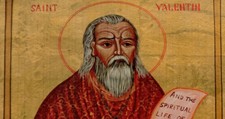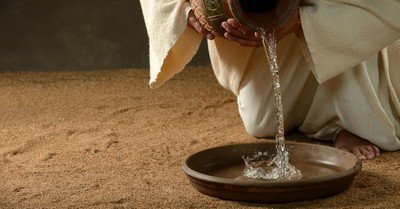Faith
Spiritual Life
Bible Study
Prayer
Women
Men
Seniors
Slideshows
Mental Health
Faith - Encouraging Christian Spiritual Growth
Strengthen your faith and walk with Jesus Christ with Christian articles focused on spiritual growth, bible study, and faith for men and women.




















































